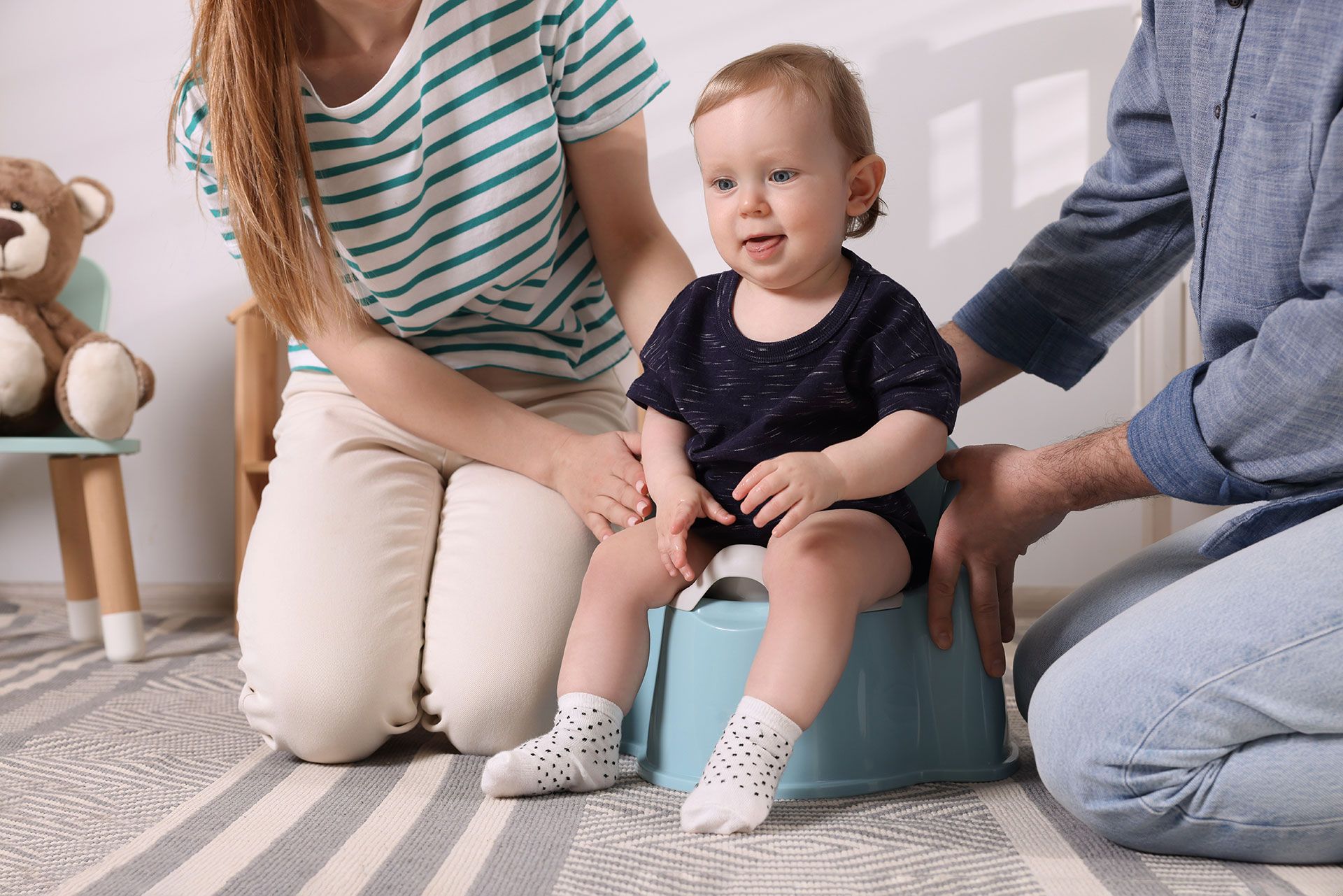Learning Disability
A learning disability is a neurologically-based problem that impacts an individual’s ability to process, understand, and retain information. Examples of learning disabilities include dyslexia (difficulty with reading), dyscalculia (difficulty with mathematics), and dysgraphia (difficulty with written expression). One common misconception is that individuals with learning disabilities are intellectually delayed or are below average in intelligence. This is false, and in fact, the opposite is true; most individuals with learning disabilities have average to above average intellectual abilities. In other words, a learning disability does not mean that the child is slow or not smart, but rather it just means that the child learns differently than other children. Although learning disabilities present lifelong challenges, many individuals with learning difficulties are brilliant and propose revolutionary ideas and ways of thinking, such as Albert Einstein, Stephen Spielberg, and Henry Winkler (all individuals identified with dyslexia). Signs or symptoms of a learning disability can be easily overlooked. For example, difficulties learning to ride a bike, delays in speech, problems distinguishing between left and right, and oversensitivity to sounds, foods, or textures are just a few indicators that something more may be going on with your child.
Educational testing typically includes a comprehensive battery of neuropsychological assessments that evaluate your child’s intellectual development, academic skills, and executive functioning abilities. Goals of testing are to determine whether your child demonstrates a gap between their intellectual abilities and their actual achievement across academic areas. A learning disability is diagnosed when the child’s academic skills are significantly less developed than what would be expected based on that child’s age and intellectual aptitude. Results of testing will identify how your child learns, whether your child has any cognitive strengths or weaknesses, and other factors that may affect their school performance (e.g., deficits in processing speed, working memory, or auditory processing abilities). These results will be presented within a written report or F.I.E. (Full Individual Evaluation) that outlines the individual’s abilities and provides recommendations for academic accommodations that will address the individual’s learning needs and protect their educational rights. This is true even at the college level, as specialized services are available through universities and colleges that will promote the individual’s ability to learn and succeed in that environment. The National College Board also protects individual’s educational rights by granting accommodations such as extended time for testing and a quiet testing environment for tests such as the SAT/ACT.
While you always have the option to request an evaluation through the school district, this process can be laborious. The student has to go through RtI (Response to Intervention) to determine need for testing, which alone can take up to an academic year. If the committee determines that the child has not made “adequate” progress, they may agree to move forward with the assessment process.
Once approved, the school has 45 school calendar days to complete the evaluation, followed by 30 days to review the report with parents and to discuss educational options. What this means for your child is the potential that they may lose 1-2 years of learning in the classroom before they begin to receive the help that they need. An alternative option is to seek private testing services, which typically take 2-4 weeks from start to finish. You should have your child evaluated if they have received targeted interventions but have not made appropriate progress, and or if their efforts do not correlate to their educational success. The earlier the testing, the more effective the interventions have shown to be. Thus, it is important to trust your intuition that something may not be quite right with your child’s learning. Neuroscience recognizes that the brain is malleable; meaning that the brain can adapt and that the synaptic connections can be strengthened and that the brain can be “re-wired.” With targeted interventions, a child with a learning disability can be successful in the classroom setting.
Jennifer Brickhouse M.E.d., PCET
Educational Diagnostician/Professionally Certified Educational Therapist, Reading and Dyslexia Specialist at The Woodlands Behavioral Health and Wellness at The Woodlands Behavioral Health and Wellness









